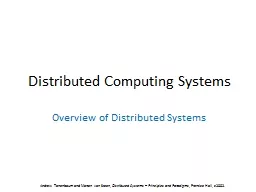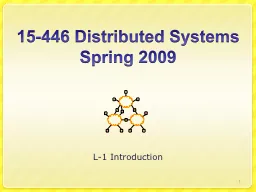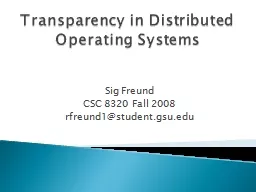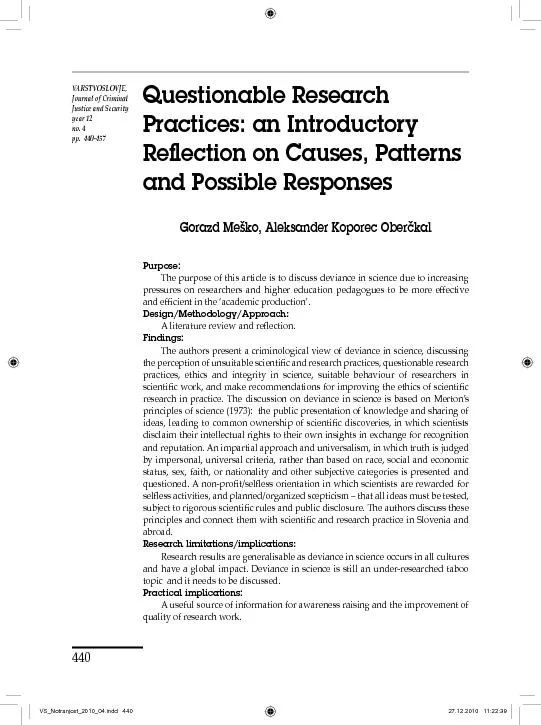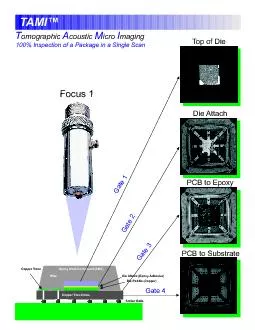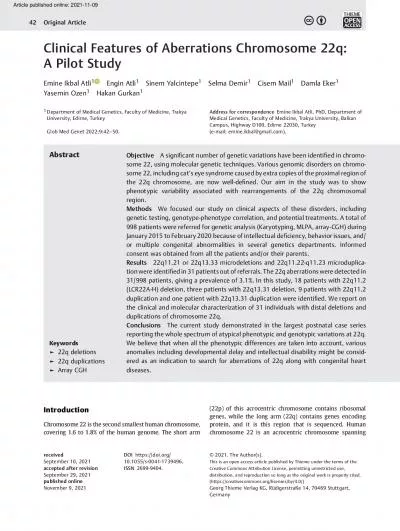PPT-Distributed Systems CS 15-440
Author : tatiana-dople | Published Date : 2018-11-14
Synchronization Part I Lecture 9 October 2 2017 Mohammad Hammoud Today Last Session Naming concluded Todays Session Synchronization Coordinated Universal
Presentation Embed Code
Download Presentation
Download Presentation The PPT/PDF document "Distributed Systems CS 15-440" is the property of its rightful owner. Permission is granted to download and print the materials on this website for personal, non-commercial use only, and to display it on your personal computer provided you do not modify the materials and that you retain all copyright notices contained in the materials. By downloading content from our website, you accept the terms of this agreement.
Distributed Systems CS 15-440: Transcript
Download Rules Of Document
"Distributed Systems CS 15-440"The content belongs to its owner. You may download and print it for personal use, without modification, and keep all copyright notices. By downloading, you agree to these terms.
Related Documents



